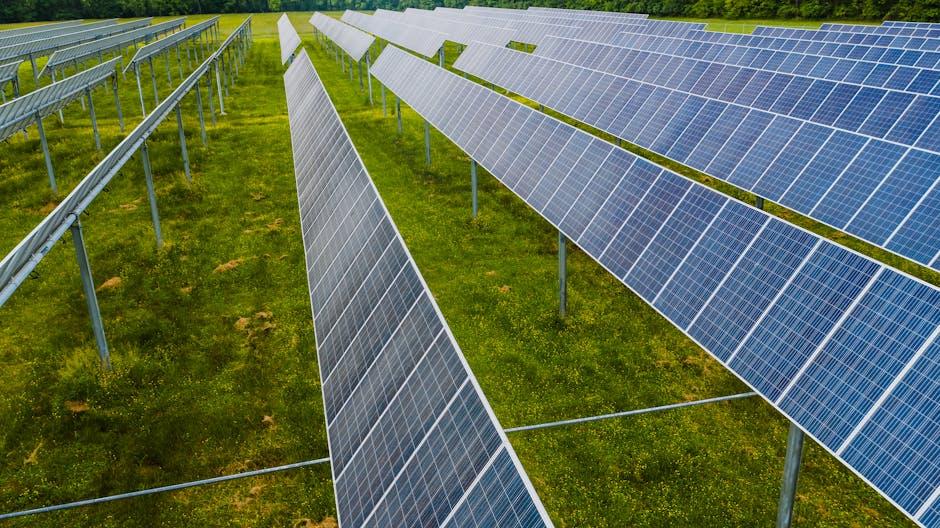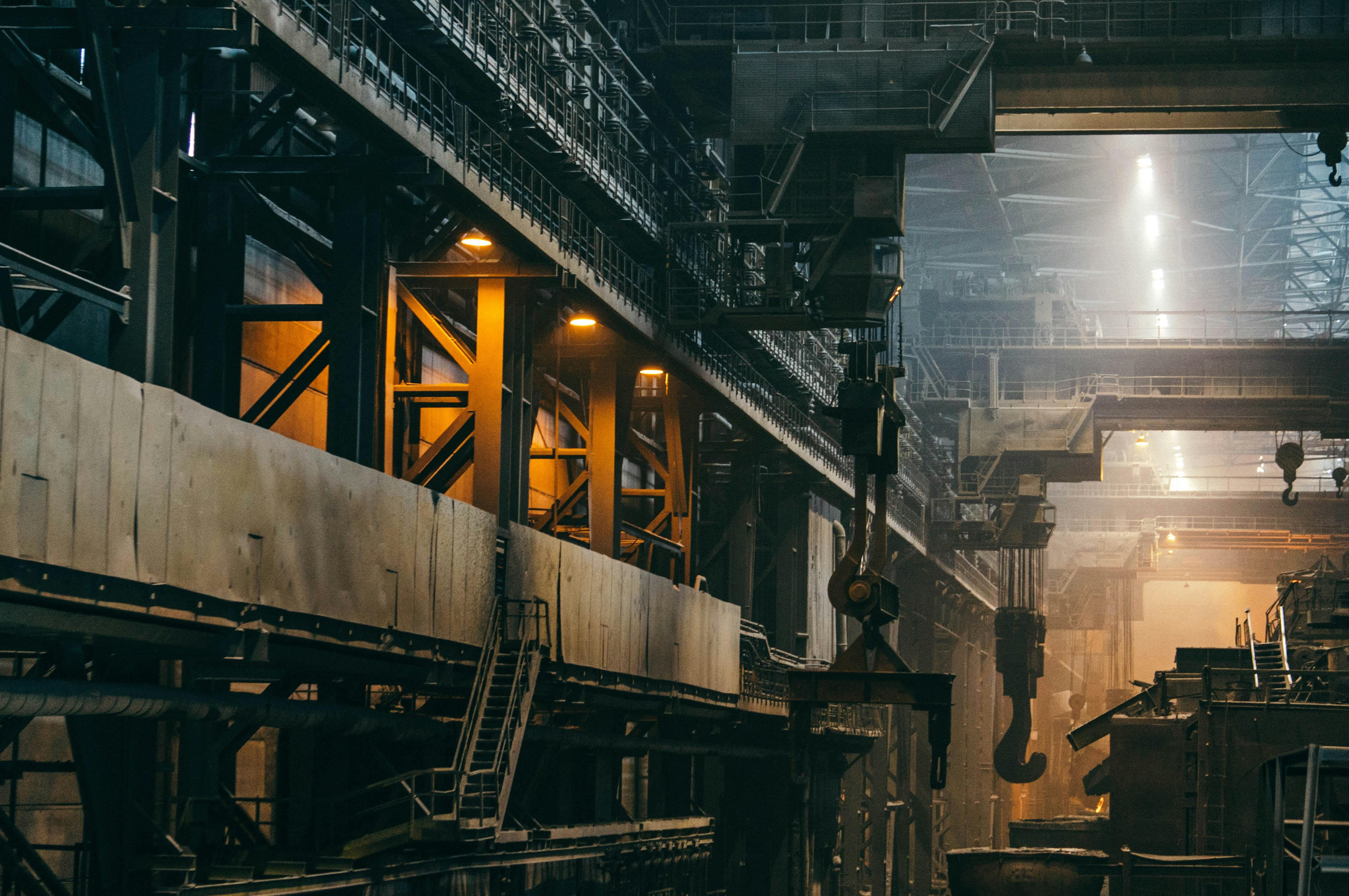In a world increasingly powered by the sun, the solar industry has long been heralded as a beacon of hope in the fight against climate change. Panels glinting on rooftops and sprawling solar farms have become symbols of a cleaner, greener future. But as the industry basks in the glow of its own success, a shadow of doubt begins to emerge. Could the solar industry, a sector seemingly built on sustainability, be engaging in greenwashing? This article delves into the heart of this paradox, exploring the complex dynamics between the industry’s green promises and its actual impact. Through a balanced lens, we seek to uncover whether the solar sector truly illuminates the path to environmental salvation, or if its shine is merely a facade.
Evaluating the Environmental Claims of Solar Energy Companies
In recent years, the solar energy sector has positioned itself as a beacon of sustainability, promising a cleaner, greener future. However, some critics argue that certain companies within the industry may be greenwashing their environmental impact. To critically assess these claims, it’s important to consider a few key factors:
- Supply Chain Transparency: Are companies disclosing the environmental impact of their manufacturing processes? The mining of raw materials, such as silicon and rare earth metals, can be resource-intensive and environmentally damaging.
- Lifecycle Analysis: How do these companies measure and report the carbon footprint of their products from production to disposal? A comprehensive lifecycle analysis can reveal hidden emissions and resource use.
- Recycling and Disposal: What initiatives are in place for the end-of-life management of solar panels? Proper recycling practices are essential to minimize landfill waste and recover valuable materials.
By scrutinizing these aspects, consumers and stakeholders can better understand whether solar energy companies are truly committed to sustainability or merely presenting a green façade.

Unveiling the Hidden Costs of Solar Panel Production
While solar energy is often heralded as a beacon of sustainability, the intricate web of its production process tells a more nuanced story. The journey from raw material to solar panel is laden with environmental and ethical challenges. Silicon, the primary component of most solar panels, demands energy-intensive extraction and refinement processes, often reliant on fossil fuels. This paradoxical reliance raises questions about the net environmental benefits of solar technology.
Moreover, the supply chain reveals several hidden costs that extend beyond the environmental footprint. These include:
- Labor Practices: Reports of poor working conditions and inadequate wages in manufacturing hubs cast a shadow over the industry.
- Toxic Waste: The use of hazardous chemicals during production poses significant disposal challenges, threatening ecosystems if not managed properly.
- Resource Depletion: The extraction of rare minerals essential for panel efficiency can lead to habitat destruction and resource scarcity.
As the industry grows, so does the imperative to address these underlying issues. Ensuring that the solar sector truly embodies sustainability requires a commitment to transparency and ethical practices at every stage of the production process.

Balancing Renewable Energy Benefits with Environmental Responsibilities
While solar energy is heralded as a beacon of sustainability, it’s essential to scrutinize its entire lifecycle to understand the true extent of its environmental impact. Production processes for solar panels often involve hazardous chemicals and require significant energy, predominantly sourced from non-renewable means. As we champion the move towards cleaner energy, it’s crucial to consider whether the industry is transparent about these impacts or if it’s masking them under a green facade. Are we, as consumers, being led to believe that solar is a completely clean solution, while in reality, we overlook the emissions and waste associated with its manufacturing and disposal?
- Resource Extraction: Mining for raw materials such as silicon, silver, and lithium can lead to habitat destruction and pollution.
- Manufacturing Emissions: The production phase is energy-intensive and often relies on fossil fuels.
- Waste Management: At the end of their lifecycle, solar panels pose a disposal challenge, with the potential for toxic waste if not properly recycled.
These factors highlight the need for a balanced discourse that holds the industry accountable while also pushing for innovation in reducing its environmental footprint. Encouraging advancements in recycling technology and sustainable production practices could be key steps toward truly aligning the solar industry with the values of environmental stewardship it promises to uphold.

Strategies for Enhancing Transparency in the Solar Sector
In the quest to build a more transparent solar sector, several strategies can be adopted to ensure that the industry’s environmental and social impacts are genuinely green and not just a facade. Open data initiatives can play a crucial role by providing stakeholders access to comprehensive information about solar projects, including their environmental footprint, energy output, and lifecycle assessments. This can be achieved by creating centralized databases where consumers, regulators, and other interested parties can easily access detailed project information.
- Standardized Reporting: Establishing uniform reporting standards for all solar companies can help in comparing and assessing their sustainability claims.
- Third-Party Audits: Regular, independent audits can ensure that solar companies are adhering to their stated environmental commitments and can provide an unbiased verification of their green credentials.
- Community Engagement: Actively involving local communities in the planning and implementation of solar projects can enhance transparency and ensure that the benefits of solar energy are shared equitably.
By implementing these strategies, the solar sector can build trust with consumers and stakeholders, demonstrating a genuine commitment to sustainable practices rather than just surface-level greenwashing.
To Wrap It Up
As the sun sets on our exploration of the solar industry’s green claims, it becomes clear that the path to a sustainable future is not as straightforward as it might seem. The solar industry, with its promise of clean energy, stands at a crossroads, grappling with its own contradictions and the scrutiny of an increasingly eco-conscious world. While strides have been made toward reducing carbon footprints, the shadows of manufacturing practices and end-of-life disposal issues still loom large.
In this intricate dance between progress and accountability, it is crucial for industry leaders, policymakers, and consumers alike to peel back the layers of rhetoric and examine the substance beneath. As we continue to harness the sun’s power, let us remain vigilant, demanding transparency and pushing for innovations that align with the true spirit of sustainability. Only then can we ensure that the light we capture is not merely a reflection, but a genuine beacon of change for our planet.

































